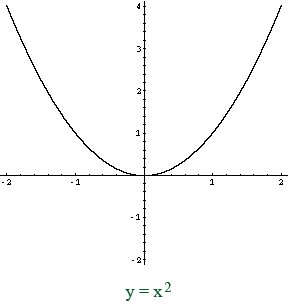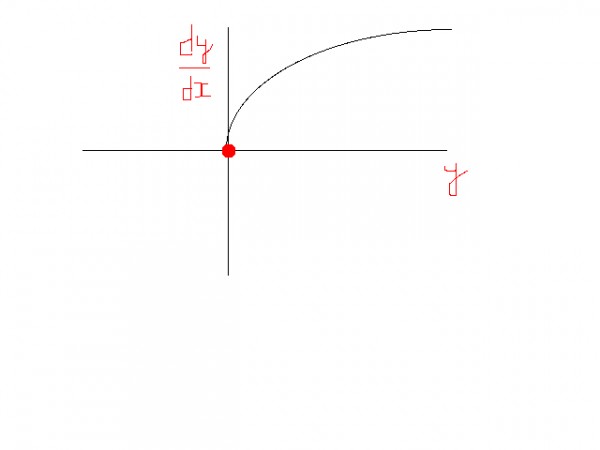Hello Shashank
I respect your time Shashank.If you think it's trivial question which i'm taking too long to understand , you can ignore this. But i really didn't understand your maxima/minima point.
Let suppose $y=x^2$ then $\frac{\mathrm{d} y}{\mathrm{d} x}$=$2x$
Now as we're interested in such a $\frac{\mathrm{d} y}{\mathrm{d} x}$ which is a function of $y$ so lets make it.
$\frac{\mathrm{d} y}{\mathrm{d} x}$= $2 x$ =$2 \sqrt{y}$

It's graph of $y=x^2$ which have global minima at $x=0$
Now below curve is of $\frac{\mathrm{d} y}{\mathrm{d} x}$ vs $y$

Still i don't know how minima became maxima.
I played lil bit with our original differential equation and got relation b/w x and y
$\int \frac{dy}{(1-y)(2-y)(3-y)} =\int dx$
$\int ( \frac{1}{2(1-y)}-\frac{1}{2-y}+\frac{1}{2(3-y)})dy $
so x=ln$((2-y)*\sqrt{\frac{3-y}{1-y}})$
now even this baffled me more. this says x is not define at y>=1
if i study $\frac{dy}{dx}$ curve then it says that at 2+ dy/dx=+ve and at 2- it's -ve and this is exactly what we use for minima.if we go bit right of minima point then dy/dx slop will increase and if we go bit left , slope will fo on decreasing...